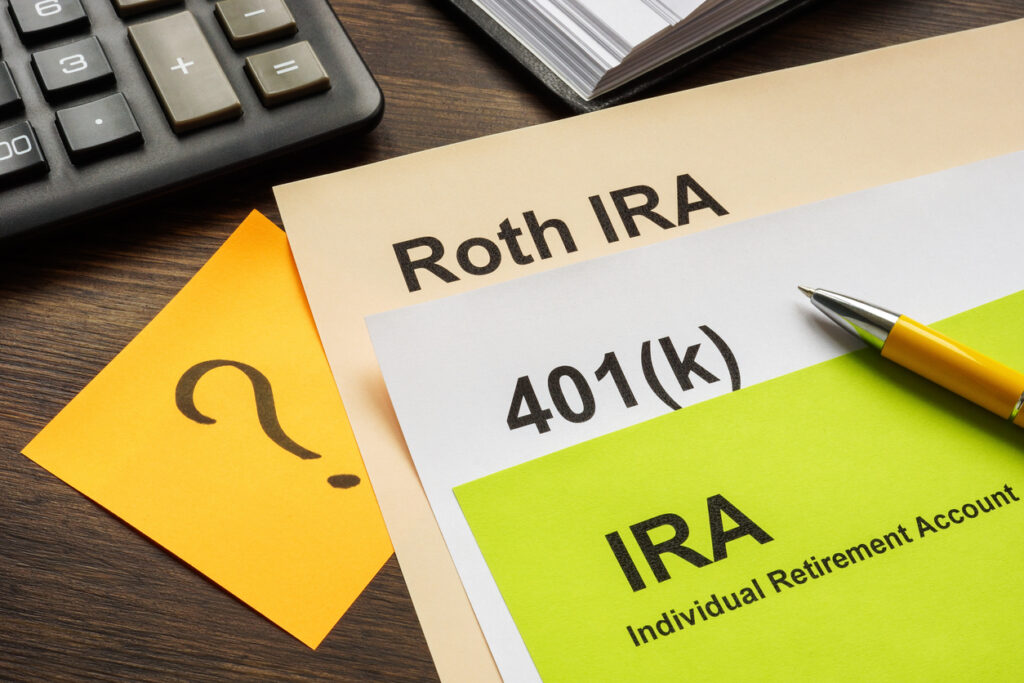Small changes in saving and investing could mean thousands more in your future nest egg.

You don’t need a windfall or risky investments to grow your retirement savings. With a few smart, consistent moves, you can add $25,000—or more—to your nest egg in just a year. Financial experts say the key is combining better habits with small, strategic adjustments that compound over time. Whether you’re nearing retirement or just getting serious about saving, these simple, fact-based steps can help you stretch your money further and build long-term financial security faster than you think.
1. Automate Your Contributions Before You Spend

One of the easiest ways to save more is to make saving automatic. Set up recurring transfers to your IRA or 401(k) right after payday, before the money ever hits your checking account. This eliminates temptation and makes saving a habit rather than a choice.
People who automate their savings tend to contribute consistently and take advantage of dollar-cost averaging. Even an extra $200 a week adds up to over $10,000 a year—and when invested, that money can grow exponentially over time, as mentioned in Business Insider.
2. Capture Every Employer Match Available

If your employer offers a 401(k) match, it’s essentially free money—yet millions of workers fail to take full advantage. Increasing your contribution to capture the entire match can add thousands to your retirement account without reducing your take-home pay significantly.
For example, if your employer matches 50% of contributions up to 6% of your salary, that’s an instant 50% return on that portion. Over decades, the compounding effect of those matched dollars can translate into tens of thousands in additional retirement wealth, according to Reader’s Digest.
3. Cut High-Interest Debt to Free Up Cash

Credit card and personal loan interest rates can drain future savings faster than most investments can replace them. Paying down balances with double-digit interest rates is one of the best “returns” you’ll ever get—often equivalent to earning 15% or more on your money.
Once that debt is gone, redirect the freed-up cash flow straight into retirement savings, as shared in Yahoo! Finance. This not only boosts your long-term wealth but also gives you psychological momentum to continue saving and investing.
4. Maximize Tax-Advantaged Accounts

Tax-sheltered savings vehicles like IRAs, Roth IRAs, and 401(k)s are powerful tools for building wealth efficiently. By contributing the maximum allowed, you lower your taxable income today and allow your investments to grow tax-deferred—or tax-free in a Roth.
For someone in a mid-level tax bracket, maximizing contributions can save thousands annually in taxes. That savings, reinvested, can help you cross the $25,000 mark far faster than taxable accounts alone.
5. Rebalance Your Investments for Growth

Many investors forget to rebalance portfolios, leaving them either too risky or too conservative. Reviewing your asset mix at least once a year helps align your portfolio with your goals and time horizon.
A slightly higher allocation to growth-oriented assets, like index funds or ETFs, can increase long-term returns while maintaining balance. Even small performance boosts—1–2% annually—compound into significant gains over time, adding thousands to your retirement fund.
6. Eliminate “Silent Drains” in Your Budget

Subscription fees, unused memberships, and small recurring expenses can quietly eat away at your savings potential. Reviewing your bank statements and cutting unnecessary costs could easily free up $100–$300 per month.
Redirecting that extra money into an investment account could yield over $25,000 in less than a decade, assuming modest growth. Simple awareness and small spending adjustments can transform wasted cash into real wealth.
7. Take Advantage of Catch-Up Contributions

If you’re over 50, retirement accounts allow “catch-up” contributions—extra savings above the standard limits. For 2025, that means an additional $7,500 in a 401(k) and $1,000 in an IRA.
Maximizing these catch-up amounts not only grows your balance quickly but can also reduce taxable income. For those approaching retirement, it’s one of the most efficient ways to supercharge savings in a short timeframe.
8. Invest Windfalls Instead of Spending Them

Bonuses, tax refunds, or inheritance money can disappear quickly if not handled intentionally. Instead of spending unexpected cash, invest it directly into your retirement fund.
A $5,000 bonus invested today with a moderate return rate can grow to more than $25,000 in 20 years. Reframing windfalls as savings accelerators instead of spending opportunities can make a dramatic difference in your long-term financial picture.
9. Downsize or Refinance to Reduce Expenses

Housing costs are often retirees’ biggest expense. Refinancing at a lower rate, moving to a smaller home, or relocating to a lower-cost area can free up significant monthly income.
If you can cut your housing costs by $500 a month, that’s $6,000 per year—money that can be redirected into investments. Those consistent savings, when compounded, can easily push your total retirement balance far beyond the $25,000 goal.
10. Rethink Investment Fees and Fund Costs

High management or fund fees can quietly erode retirement gains. Switching to low-cost index funds or ETFs can save you thousands in unnecessary charges over time.
Even a 1% difference in fees can mean hundreds of thousands in lost growth over a lifetime of investing. By reviewing expense ratios and consolidating accounts, you can ensure more of your money works for you—not your broker.
11. Use Automatic Increases to Boost Contributions

Many retirement plans let you automatically raise your contribution rate each year. Increasing it by just 1% annually can grow your savings substantially without feeling the pinch in your budget.
Gradual contribution increases align with pay raises and inflation, keeping your savings on pace with rising costs. Over several years, this slow, steady strategy can add tens of thousands to your retirement fund with minimal effort.
12. Keep Cash Working in High-Yield Accounts

Leaving large balances in traditional savings accounts earning minimal interest is a missed opportunity. High-yield savings or money market accounts can pay several times more than standard options.
Keeping your emergency fund or short-term cash in these accounts ensures your money continues to grow while staying liquid. The difference in interest may seem small, but over time, it compounds—helping you reach that $25,000 milestone faster and more efficiently.
